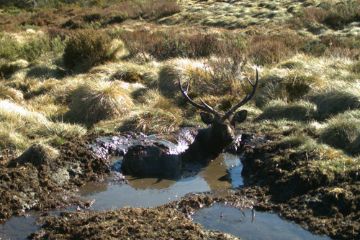
Counting the doe: an analysis of the economic, social & environmental cost of feral deer in Victoria
New report from Frontier Economics warns not controlling the impacts of feral deer in Victoria could cost the community $2.2 billion.

New report from Frontier Economics warns not controlling the impacts of feral deer in Victoria could cost the community $2.2 billion.
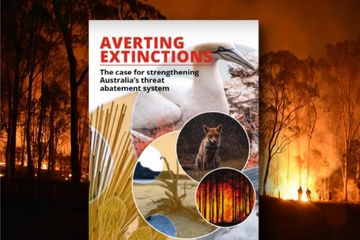
Australia was once a country where you could walk out at night and it was alive with wildlife scurrying and scrapping, digging and dashing. Australia’s nights are too quiet now.
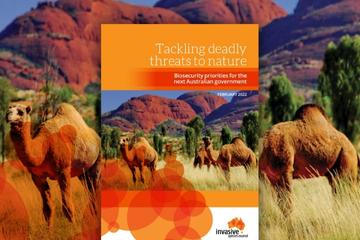
Initiatives and policies to improve Australia’s capacity to keep nature safe from new and established invasive species.
In this submission to the proposal to list adverse fire regimes at a national key threatening process we address the question of whether there should be a national threat abatement plan.
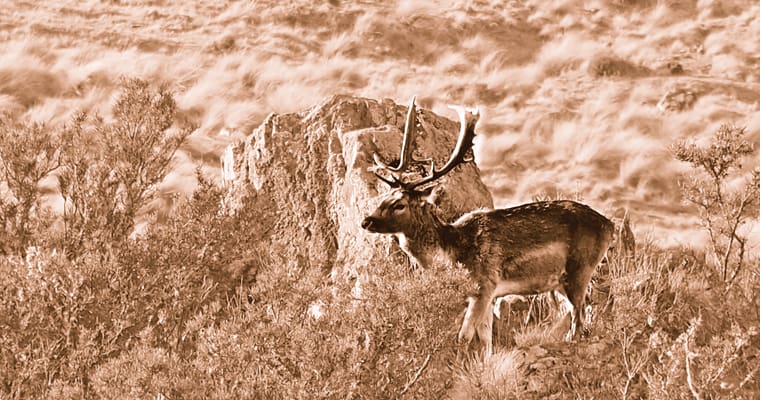
Tasmania needs to take a new, biosecurity-based approach to managing the growing environmental and agricultural problems posed by increasing numbers of feral deer.

Given their rapid growth, spread and impacts there is no justification for feral deer to remain Partly Protected Wildlife in Tasmania.

Australia needs the ecological knowledge, technologies, economic and social strategies to prevent new and emerging invasive species.
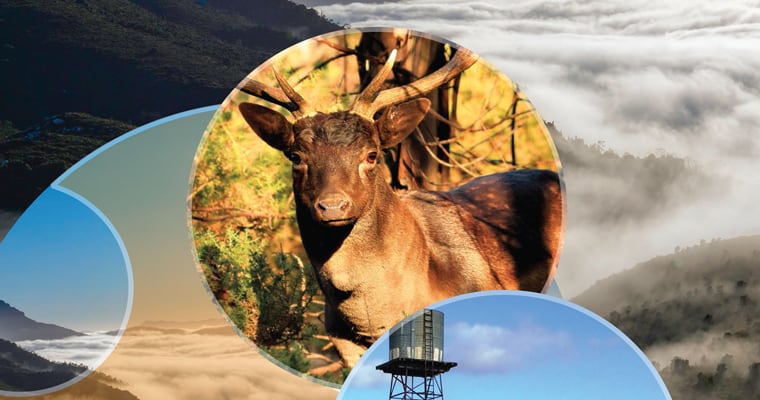
This strategy maps out a path for Tasmania to rapidly reduce increasing numbers of fallow deer and manage future numbers under a biosecurity-first approach.
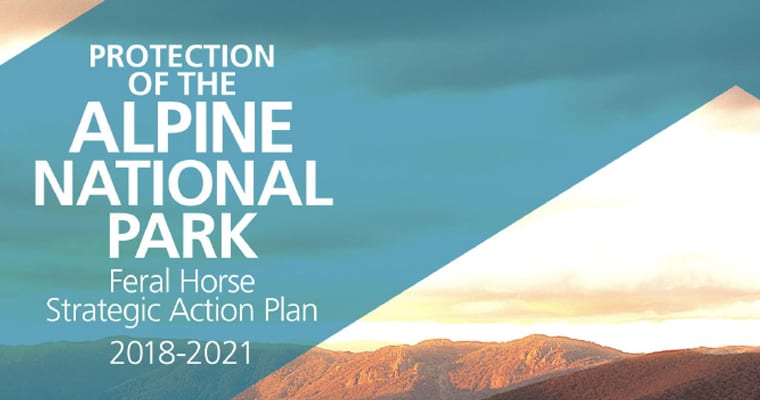
This submission is a response to Parks Victoria’s 2021 draft feral horse action plan, Protection of the Alpine National Park.

This case study explains Australia tamed a devastating and seemingly intractable weed with the aid of a tiny moth from South America.
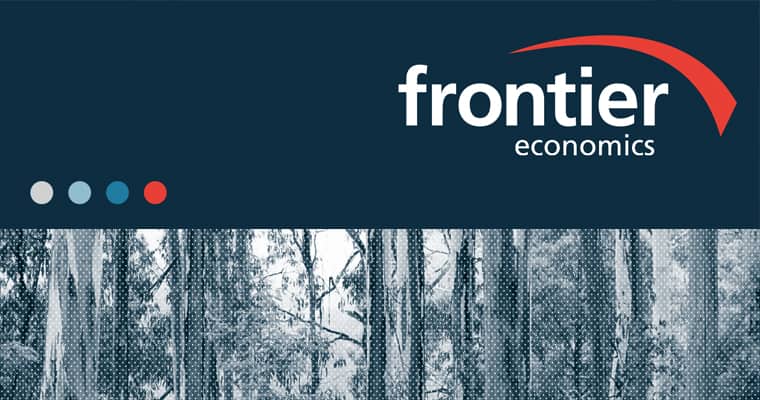
This report applies an economic lens to the impacts growing numbers of feral horses in Kosciuszko National Park are having on the NSW economy.

A full appreciation of the risks and costs of expanding fallow deer populations and distribution should drive a new approach to deer management in Tasmania.

Our submission to the Victorian Parliament’s Inquiry into Ecosystem Decline in Victoria includes recommendations that would see strong progress towards reducing the impacts of invasive species.

This fact sheet on the impact of pet cats on Australian wildlife shows that pet cats allowed to roam and hunt are a major threat to local wildlife.

UNESCO’s World Heritage Centre has been asked to assist in addressing the growing threat of feral deer in the Tasmanian Wilderness World Heritage Area.

New report from Frontier Economics warns not controlling the impacts of feral deer in Victoria could cost the community $2.2 billion.

Australia was once a country where you could walk out at night and it was alive with wildlife scurrying and scrapping, digging and dashing. Australia’s nights are too quiet now.

Initiatives and policies to improve Australia’s capacity to keep nature safe from new and established invasive species.
In this submission to the proposal to list adverse fire regimes at a national key threatening process we address the question of whether there should be a national threat abatement plan.

Tasmania needs to take a new, biosecurity-based approach to managing the growing environmental and agricultural problems posed by increasing numbers of feral deer.

Given their rapid growth, spread and impacts there is no justification for feral deer to remain Partly Protected Wildlife in Tasmania.

Australia needs the ecological knowledge, technologies, economic and social strategies to prevent new and emerging invasive species.

This strategy maps out a path for Tasmania to rapidly reduce increasing numbers of fallow deer and manage future numbers under a biosecurity-first approach.

This submission is a response to Parks Victoria’s 2021 draft feral horse action plan, Protection of the Alpine National Park.

This case study explains Australia tamed a devastating and seemingly intractable weed with the aid of a tiny moth from South America.

This report applies an economic lens to the impacts growing numbers of feral horses in Kosciuszko National Park are having on the NSW economy.

A full appreciation of the risks and costs of expanding fallow deer populations and distribution should drive a new approach to deer management in Tasmania.

Our submission to the Victorian Parliament’s Inquiry into Ecosystem Decline in Victoria includes recommendations that would see strong progress towards reducing the impacts of invasive species.

This fact sheet on the impact of pet cats on Australian wildlife shows that pet cats allowed to roam and hunt are a major threat to local wildlife.

UNESCO’s World Heritage Centre has been asked to assist in addressing the growing threat of feral deer in the Tasmanian Wilderness World Heritage Area.

New report from Frontier Economics warns not controlling the impacts of feral deer in Victoria could cost the community $2.2 billion.

Australia was once a country where you could walk out at night and it was alive with wildlife scurrying and scrapping, digging and dashing. Australia’s nights are too quiet now.

Initiatives and policies to improve Australia’s capacity to keep nature safe from new and established invasive species.
In this submission to the proposal to list adverse fire regimes at a national key threatening process we address the question of whether there should be a national threat abatement plan.

Tasmania needs to take a new, biosecurity-based approach to managing the growing environmental and agricultural problems posed by increasing numbers of feral deer.

Given their rapid growth, spread and impacts there is no justification for feral deer to remain Partly Protected Wildlife in Tasmania.

Australia needs the ecological knowledge, technologies, economic and social strategies to prevent new and emerging invasive species.

This strategy maps out a path for Tasmania to rapidly reduce increasing numbers of fallow deer and manage future numbers under a biosecurity-first approach.

This submission is a response to Parks Victoria’s 2021 draft feral horse action plan, Protection of the Alpine National Park.

This case study explains Australia tamed a devastating and seemingly intractable weed with the aid of a tiny moth from South America.

This report applies an economic lens to the impacts growing numbers of feral horses in Kosciuszko National Park are having on the NSW economy.

A full appreciation of the risks and costs of expanding fallow deer populations and distribution should drive a new approach to deer management in Tasmania.

Our submission to the Victorian Parliament’s Inquiry into Ecosystem Decline in Victoria includes recommendations that would see strong progress towards reducing the impacts of invasive species.

This fact sheet on the impact of pet cats on Australian wildlife shows that pet cats allowed to roam and hunt are a major threat to local wildlife.

UNESCO’s World Heritage Centre has been asked to assist in addressing the growing threat of feral deer in the Tasmanian Wilderness World Heritage Area.
Get our blog the Feral Herald delivered to your inbox.
Our protected areas are being trashed, trampled, choked and polluted by an onslaught of invaders. Invasive species are already the overwhelming driver of our animal extinction rate, and are expected to cause 75 of the next 100 extinctions.
But you can help to turn this around and create a wildlife revival in Australia.
From numbats to night parrots, a tax-deductible donation today can help defend our wildlife against the threat of invasive weeds, predators, and diseases.
As the only national advocacy environment group dedicated to stopping this mega threat, your gift will make a big difference.
A silent crisis is unfolding across Australia. Every year, billions of native animals are hunted and killed by cats and foxes. Fire ants continue to spread and threaten human health. And the deadly strain of bird flu looms on the horizon. Your donation today will be used to put the invasive species threat in the media, make invasive species a government priority, ensure governments take rapid action to protect nature and our remarkable native wildlife from invasives-led extinction, death and destruction.
If you are having trouble submitting a form, please read this guide.
Please fill out the following form and one of our team will be in contact to assist as soon as possible. Please make sure to include any helpful information, such as the device you were using (computer, tablet or mobile phone) and if known, your browser (Mozilla Firefox, Chrome, Safari etc)
"*" indicates required fields
Dear Project Team,
[YOUR PERSONALISED MESSAGE WILL APPEAR HERE.]
I support the amendment to the Kosciuszko National Park Wild Horse Heritage Management Plan to allow our incredible National Parks staff to use aerial shooting as one method to rapidly reduce feral horse numbers. I want to see feral horse numbers urgently reduced in order to save the national park and our native wildlife that live there.
The current approach is not solving the problem. Feral horse numbers have rapidly increased in Kosciuszko National Park to around 18,000, a 30% jump in just the past 2 years. With the population so high, thousands of feral horses need to be removed annually to reduce numbers and stop our National Park becoming a horse paddock. Aerial shooting, undertaken humanely and safely by professionals using standard protocols, is the only way this can happen.
The government’s own management plan for feral horses states that ‘if undertaken in accordance with best practice, aerial shooting can have the lowest negative animal welfare impacts of all lethal control methods’.
This humane and effective practice is already used across Australia to manage hundreds of thousands of feral animals like horses, deer, pigs, and goats.
Trapping and rehoming of feral horses has been used in Kosciuszko National Park for well over a decade but has consistently failed to reduce the population, has delayed meaningful action and is expensive. There are too many feral horses in the Alps and not enough demand for rehoming for it to be relied upon for the reduction of the population.
Fertility control as a management tool is only effective for a small, geographically isolated, and accessible population of feral horses where the management outcome sought is to maintain the population at its current size. It is not a viable option to reduce the large and growing feral horse population in the vast and rugged terrain of Kosciuszko National Park.
Feral horses are trashing and trampling our sensitive alpine ecosystems and streams, causing the decline and extinction of native animals. The federal government’s Threatened Species Scientific Committee has stated that feral horses ‘may be the crucial factor that causes final extinction’ for 12 alpine species.
I recognise the sad reality that urgent and humane measures are necessary to urgently remove the horses or they will destroy the Snowies and the native wildlife that call the mountains home. I support a healthy national park where native species like the Corroboree Frog and Mountain Pygmy Possum can thrive.
Dear Project Team,
[YOUR PERSONALISED MESSAGE WILL APPEAR HERE.]
I support the amendment to the Kosciuszko National Park Wild Horse Heritage Management Plan to allow our incredible National Parks staff to use aerial shooting as one method to rapidly reduce feral horse numbers. I want to see feral horse numbers urgently reduced in order to save the national park and our native wildlife that live there.
The current approach is not solving the problem. Feral horse numbers have rapidly increased in Kosciuszko National Park to around 18,000, a 30% jump in just the past 2 years. With the population so high, thousands of feral horses need to be removed annually to reduce numbers and stop our National Park becoming a horse paddock. Aerial shooting, undertaken humanely and safely by professionals using standard protocols, is the only way this can happen.
The government’s own management plan for feral horses states that ‘if undertaken in accordance with best practice, aerial shooting can have the lowest negative animal welfare impacts of all lethal control methods’.
This humane and effective practice is already used across Australia to manage hundreds of thousands of feral animals like horses, deer, pigs, and goats.
Trapping and rehoming of feral horses has been used in Kosciuszko National Park for well over a decade but has consistently failed to reduce the population, has delayed meaningful action and is expensive. There are too many feral horses in the Alps and not enough demand for rehoming for it to be relied upon for the reduction of the population.
Fertility control as a management tool is only effective for a small, geographically isolated, and accessible population of feral horses where the management outcome sought is to maintain the population at its current size. It is not a viable option to reduce the large and growing feral horse population in the vast and rugged terrain of Kosciuszko National Park.
Feral horses are trashing and trampling our sensitive alpine ecosystems and streams, causing the decline and extinction of native animals. The federal government’s Threatened Species Scientific Committee has stated that feral horses ‘may be the crucial factor that causes final extinction’ for 12 alpine species.
I recognise the sad reality that urgent and humane measures are necessary to urgently remove the horses or they will destroy the Snowies and the native wildlife that call the mountains home. I support a healthy national park where native species like the Corroboree Frog and Mountain Pygmy Possum can thrive.